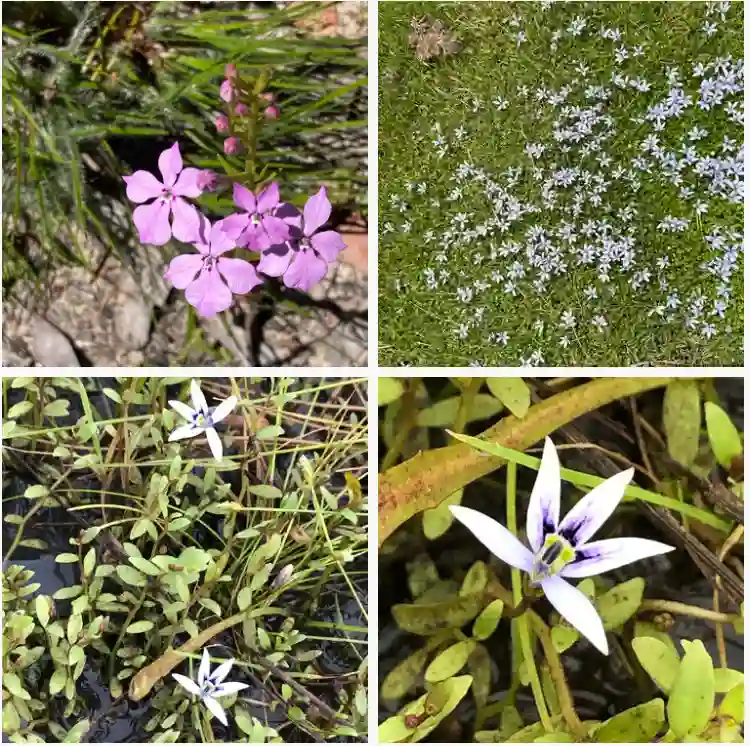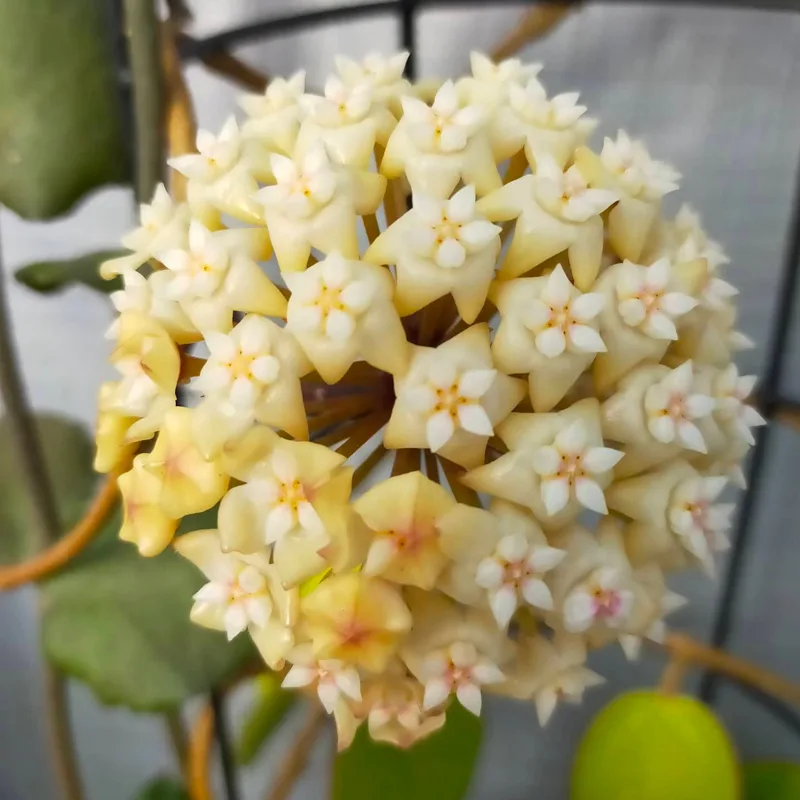All About Pteris Vittata: Your Questions Answered
Hi, I’m Ferb Vu, and I’m here to shed light on the fascinating Pteris Vittata, also known as the Chinese Brake Fern or Ladder Fern. This elegant fern has captured the hearts of many plant enthusiasts, but it also raises some questions. Let’s delve into the most common inquiries about this unique species.
What is Pteris Vittata?
Pteris Vittata is a captivating fern native to the Old World tropics and subtropics. Its dark green, ladder-like fronds, divided just once, lend it an air of sophistication. This easy-care plant thrives in warm, humid environments, making it a popular choice for indoor spaces.
Is Pteris Vittata Easy to Care For?
Absolutely! Pteris Vittata is known for its resilience. Here’s the lowdown on its basic needs:
- Light: Prefers bright, indirect sunlight. Avoid harsh, direct sun, which can scorch the fronds.
- Temperature: Enjoys warmth, ideally between 60-80°F (15-27°C). Protect it from frost and freezing temperatures.
- Humidity: Craves high humidity levels, at least 50%. Misting regularly or using a humidifier is beneficial.
- Watering: Water deeply when the top inch of soil feels dry. Avoid soggy conditions, which can lead to root rot.
- Fertilizer: Doesn’t require frequent feeding. Apply a balanced fertilizer once every 2-3 months during spring and summer. Skip fertilization in winter.
Can Pteris Vittata Purify the Air?
Studies suggest that ferns, including Pteris Vittata, can contribute to improved air quality by absorbing pollutants like formaldehyde. However, their impact might be limited compared to dedicated air purifiers.
Is Pteris Vittata Toxic to Pets or Humans?
While Pteris Vittata isn’t considered highly toxic, ingesting large quantities can cause mild stomach upset in pets and humans. It’s always best to exercise caution and keep the fern out of reach of children and curious animals.
Pteris Vittata vs. Swamp Fern: How to Tell Them Apart?
Pteris Vittata can be easily mistaken for its close relative, the Swamp Fern (Blechnum serrulatum). Here’s a simple trick to differentiate them:
- Spore Arrangement: In Pteris Vittata, spores form lines along the edges of each frond segment (pinnae). In Swamp Fern, spores appear in lines along the midrib of each pinnae.
Can Pteris Vittata Be an Invasive Species?
In some regions, particularly those outside its native habitat, Pteris Vittata can exhibit invasive tendencies. It readily spreads through microscopic spores carried by wind, wildlife, and even humans. If you’re concerned about its invasiveness in your area, consult with local authorities or gardening experts.
How to Control Pteris Vittata Growth? (if needed)
If Pteris Vittata becomes overly enthusiastic in your garden, here are some control methods:
- Prevention: Maintain a healthy ecosystem with good plant diversity. This discourages Pteris Vittata from establishing dominance.
- Physical Removal: Regularly mow or pull fronds to reduce spore production and control populations. Removing small, isolated patches can be effective.
- Chemical Control: Limited research exists on chemical control for Pteris Vittata. Consult a qualified professional if necessary. Remember, ferns can be challenging to control with chemicals.
Additional Tips for Growing Pteris Vittata
- Repotting: Repot your Pteris Vittata every 1-2 years when it outgrows its current pot. Choose a pot with good drainage.
- Propagation: Divide mature ferns in spring to create new plants.
- Pruning: While not essential, you can prune brown or damaged fronds to maintain a neat appearance.
By following these tips, you can cultivate a thriving Pteris Vittata that adds a touch of elegance to your indoor or outdoor space.
Conclusion
Pteris Vittata is a beautiful and relatively low-maintenance fern that can enhance any environment. With proper care and awareness of its potential invasiveness in some areas, you can enjoy this unique plant for years to come. If you have any further questions, feel free to reach out!
If i die, water my plants!



